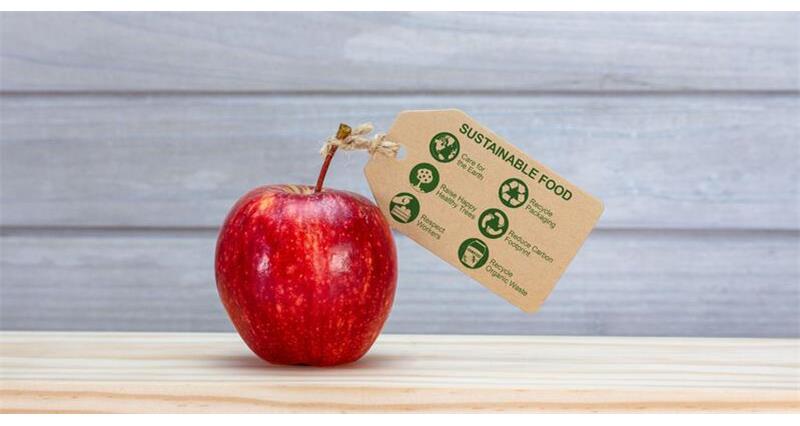Currently, there are no standard rules for producing environmental labels or making environmental claims so a wide range of metrics and methodologies are used across the industry.
The government has plans to develop a mandatory methodology which aims to harmonise the standards and provide a unified approach to calculating the environmental impact of food. This means that all claims will need to be substantiated through the methodology, which will drive integrity and transparency within the supply chain.
There are organisations looking at frameworks to eco-score products, and while at present there are no plans to make this mandatory, there is a drive in government to provide consumers with more information to allow them to make more sustainable food choices. Government must not overestimate the power of the label as a tool for change as research has shown that consumers don’t always do what they say at the point of purchase and, under current economic pressures, choosing food because it has been sustainably produced has fallen down consumers priority list.1
No green bullet
Whether eco-scoring will provide consumers with the information required to make more sustainable food choices is up for debate. Farming systems and their interactions with the environment are difficult to measure. Over-simplification could unintentionally mislead consumers, it will be very challenging for eco-scores to meaningfully translate the information on agricultural and horticultural systems.
Eco-scores could drive consumers in different directions to other labelling initiatives, such as nutrition and production system labelling. For example, free range systems are likely to have higher eco-scores than indoor systems. Another example is that one study has shown that products with the lowest environmental impact are sugary drinks and the highest environmental impact came from products such as meat, fish and dairy.2
Looking at this information in isolation sends consumers a positive message about the unhealthy food they are about to purchase.
Eco-scoring will inevitably encourage comparisons with imitation products, which could also mislead consumers about substitution and nutritional equivalence. We are concerned that the labelling will be reduced to comparing different foods rather than providing choice within the category i.e. comparing lamb with chicken, rather than providing choice between ranges of chicken or lamb.
“Over-simplification could unintentionally mislead consumers.”
Food Business Relationship adviser Helen Hunt
Robust and accessible data
The data and metrics available to inform eco-labels is limited, but if they are going to provide a holistic picture, methodologies need to take into account the complexity of agricultural and horticultural systems. This should include carbon sequestration and the wider farming system (for example: rotations, application of environmental schemes and investment in renewables).
Farmers must be properly rewarded for positive environmental outcomes, however there are practical limitations to what product labels and the market can achieve alone, irrespective of the methodologies developed.
Indicators and metrics need to be based on the highest quality of data available, better advice and guidance are needed to support the uptake and on-farm recording of carbon emissions to improve the quality and integrity of on-farm data.
A voluntary approach will allow the market to test the uptake and impact of eco-labelling. Businesses are likely to explore the voluntary methodology in higher value lines, where significant supply chain investment has been made to overcome the data challenges needed to support any claims. This will also avoid disproportionate costs on lower value lines at a time of significant cost pressure in the food industry. It will also disincentivise arbitrary claims in the wider market, allowing more opportunity for more robustly supported claims.
Clearer rules will improve supply chain integrity in this area. However, we must urge government to acknowledge the enormous complexity in delivery, the investment needed by industry and the lack of evidence that the approach will deliver consumer impact or business return. We will continue to meet with Defra and IGD (The Institute of Grocery Distribution) to understand their labelling proposals and represent farming interests in the labelling sphere.
References
1. AHDB and Blue Marble research. Are you doing more or less of any of the following things as the price of food increases? Unpublished.
2. Clark, Springmann, Rayner and Harrington. (2022). Estimating the environmental impacts of 57,000 food products, Proceedings of the National Academy of Sciences, 119(33).

